
Ever snuggled up with an aeroplane blanket, blissfully unaware it might have recently doubled as someone else’s makeshift tissue, spill cleaner, or worse—a diaper changing pad? That cosy feeling might quickly evaporate faster than aeroplane humidity when you discover what’s wrapped around you at 30,000 feet!
As millions of travellers instinctively reach for that complimentary comfort item, flight attendants watch with knowing grimaces, harbouring secrets about these aeroplane accessories that would make even seasoned travellers shudder.
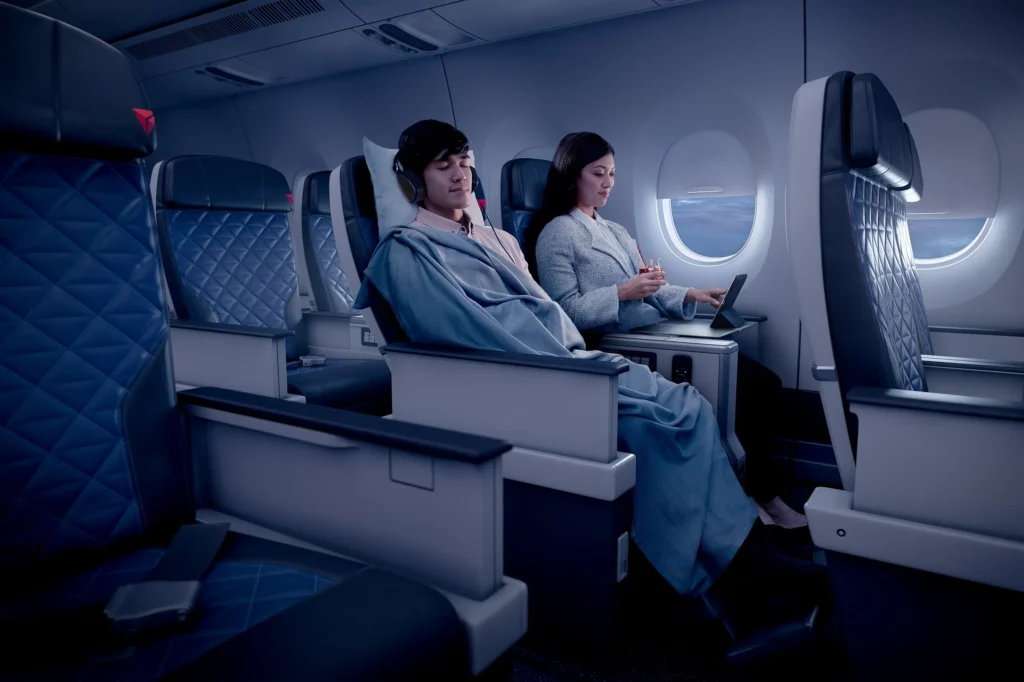 Photo- Delta News Hub
Photo- Delta News HubWhy Airline Blankets May Not Be Safe
Veteran flight attendant Natalie Magee, drawing from over two decades of aviation experience, recently shared disturbing insights with Travel + Leisure about in-flight blanket hygiene. According to Magee, complimentary blankets—particularly those on domestic flights—undergo reuse practices that compromise passenger health and safety.
Throughout her career, Magee has witnessed numerous passengers misusing airline blankets in unhygienic ways. Travellers frequently use these blankets to wipe runny noses, clean up food spills, and even change diapers.
She recounted one particularly alarming incident where a passenger used a blanket as an impromptu diaper changing surface for their baby—an experience she described as among the “grossest” in her extensive career.
These disturbing practices have led many flight attendants to avoid handling these blankets altogether.
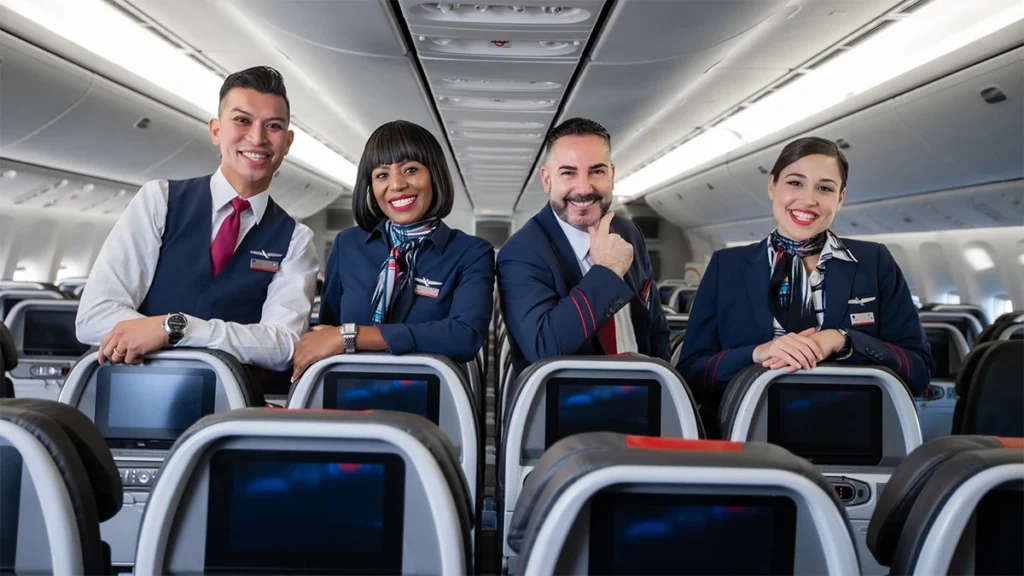 Photo: American Airlines
Photo: American AirlinesAirline Blanket Hygiene
The cleanliness standards for in-flight blankets vary significantly between international and domestic routes.
International flights generally maintain higher sanitation protocols. Magee explained that major carriers typically employ third-party cleaning contractors responsible for washing used blankets from long-haul flights. These blankets undergo cleaning in industrial-grade machines with hot water before being sealed in plastic bags for redistribution.
Domestic flights present a starkly different reality. Magee revealed that flight crews frequently receive instructions to simply refold used blankets and return them to storage bins without washing. This practice creates serious hygiene concerns, as passengers cannot determine whether their blanket was freshly laundered or merely recycled from the previous flight.
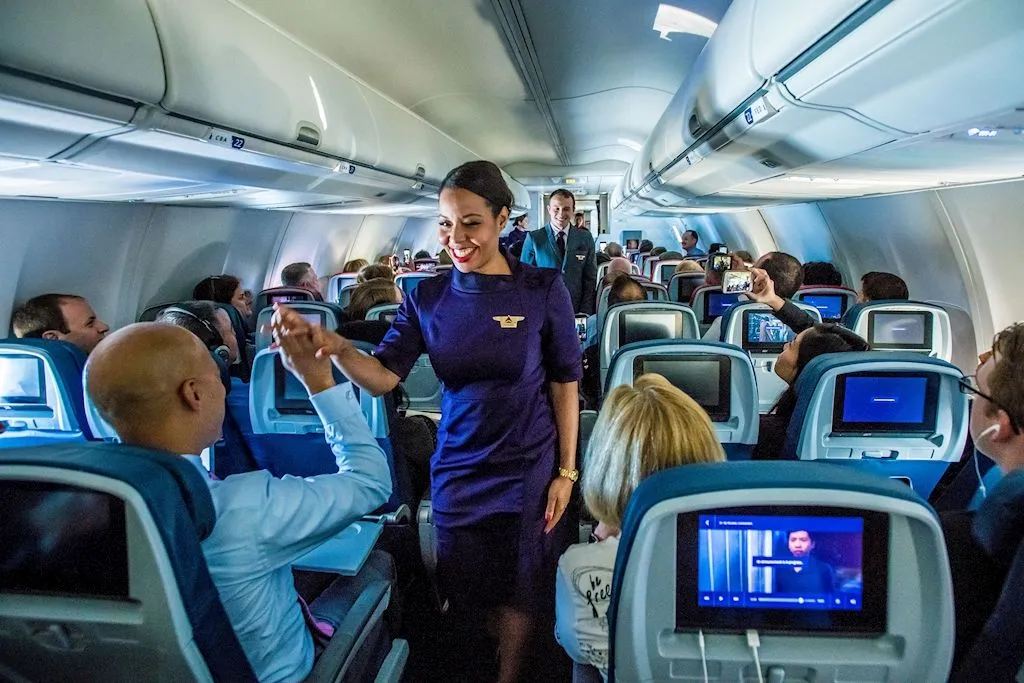 Photo: Delta Air Lines
Photo: Delta Air LinesSafety Risks Associated
Using potentially contaminated blankets in an aircraft cabin—an enclosed environment already conducive to illness transmission—presents several health hazards.
Unwashed blankets may harbour allergens such as pet dander or pollen from previous users. The combination of moisture, food particles, and body oils creates ideal conditions for bacterial growth and potential mould development.
Additionally, contact with contaminated materials increases the risk of skin infections or irritation, particularly for individuals with sensitive skin or compromised immune systems.
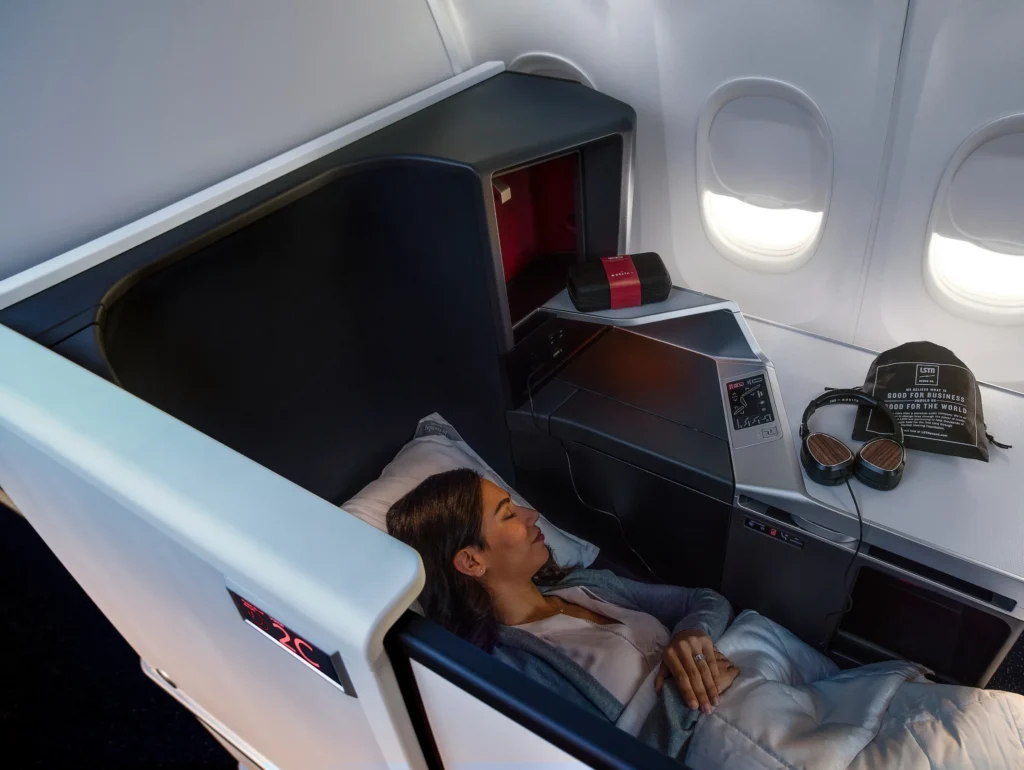 Photo- Delta News Hub
Photo- Delta News HubFlight Crew Recommendations
Aviation professionals like Magee offer several practical recommendations to mitigate these hygiene risks.
First and foremost, passengers should consider bringing their own compact, washable travel blankets. These personal alternatives are widely available through online retailers and easily fit into carry-on luggage.
For travellers who must rely on airline-provided blankets, Magee strongly advises using only those that come in factory-sealed plastic packaging. Unsealed or loosely folded blankets may have been previously used and refolded without proper sanitization. Additionally, passengers should disinfect their immediate seating area, including tray tables, armrests, and seat belts, using sanitising wipes to further reduce germ exposure.
Airlines Offering Blankets On Board
Most major US carriers provide complimentary blankets, particularly on international and overnight routes.
American Airlines (AA), Delta Air Lines (DL), United Airlines (UA), JetBlue (B6) (on select long-haul flights), and Alaska Airlines (AS) (in premium cabins or transcontinental routes) all offer blanket amenities to passengers. Budget carriers may provide blankets as paid extras or not include them at all.
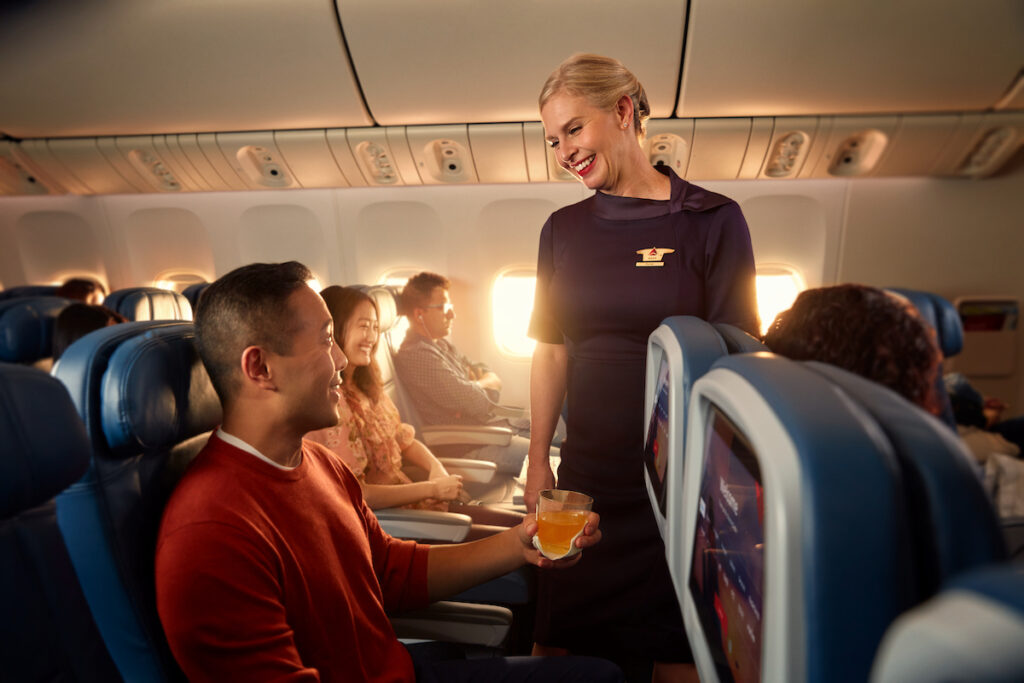 Photo: Delta Air Lines
Photo: Delta Air LinesWhere To Buy Travel Blankets
Travellers seeking personal travel blankets can find suitable options through major retailers, including Amazon, Walmart, Target, and specialty travel stores like REI or The Container Store. When selecting a travel blanket, consumers should prioritise machine-washable, lightweight, and compact designs that offer both comfort and practicality during travel.
Bottom Line
What begins as an innocent reach for comfort at 35,000 feet might be an unwitting grab for a petri dish of previous passengers’ bodily fluids and bacteria. The stark contrast between international and domestic flight blanket protocols reveals a troubling inconsistency in airline hygiene standards that leaves travellers vulnerable.
The evidence suggests that airline blankets represent a hygiene blind spot in an industry otherwise increasingly focused on passenger health and safety.
As travellers become more informed about these practices, airlines may face mounting pressure to standardise blanket cleaning protocols or transparently communicate their practices to passengers.
Until then, the savvy traveller’s carry-on might need to make room for one more essential item—a personal blanket that carries no secrets except your own!
Stay tuned with us. Further, follow us on social media for the latest updates.
Join us on Telegram Group for the Latest Aviation Updates. Subsequently, follow us on Google News
Top 10 Must-Know Rules Before You Travel to Singapore
The post Unsettling Truth About Airplane Blankets: What Flight Attendants Won’t Tell You appeared first on Aviation A2Z.
